A major exhibition in Imola traces the entire career of Bertozzi&Casoni
A major exhibition dedicated to Bertozzi&Casoni in the city of the great ceramic duo, Imola. Entitled Bertozzi&Casoni. Tranche de vie the exhibition that, over three venues, traces the entire story of the duo formed by Giampaolo Bertozzi (Borgo Tossignano, 1957) and Stefano Dal Monte Casoni (Lugo di Romagna, 1961 - Imola, 2023) with an event involving all three of Imola’s public museums: Palazzo Tozzoni, Museo San Domenico and Rocca Sforzesca. Curated by Diego Galizzi, director of Imola Musei, the exhibition, scheduled from Oct. 28, 2023 to Feb. 18, 2024, is organized by the Municipality of Imola - Imola Musei, thanks to the support of several local entities including the Cooperativa Ceramica di Imola, the project’s main partner. Finestre Sull’Arte is media partner of the project.
At the center of the exhibition project is the eponymous section, Tranche de vie, which takes shape in the sumptuous halls of Palazzo Tozzoni, an eighteenth-century aristocratic residence that since the 1970s has become part, complete with all its furnishings, of the city’s public heritage and is now a very interesting house-museum open to the public. Here, Bertozzi&Casoni’s works dialogue with the palace’s original rooms and furnishings, in a path of evocation and re-actualization of the daily life of the Tozzoni counts, who commissioned the palace in the first half of the 18th century from architect Domenico Trifogli, through the artistic duo’s disorienting creative devices. The propensity for astonishment, the innate sense of irony and the language oriented to a reckless and captivating mimesis find in this scenario a unique opportunity to launch into an admirable game of exchange between reality and fiction.
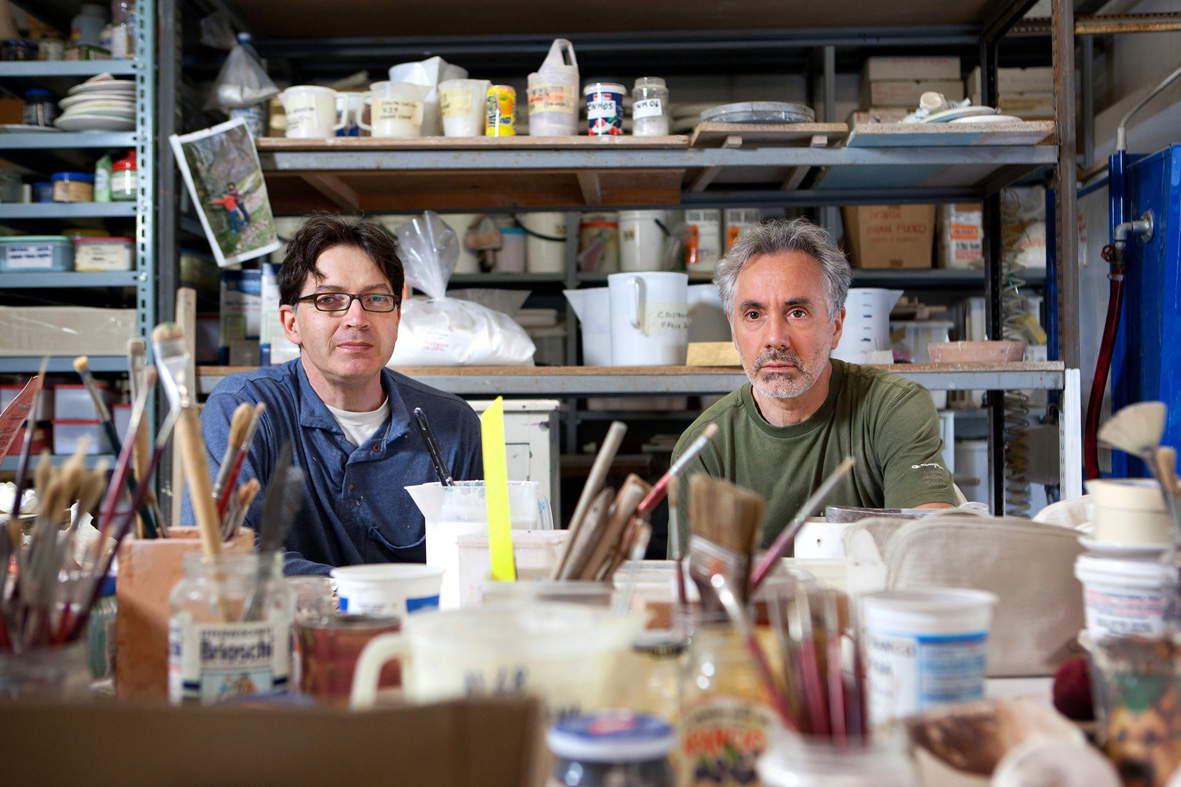
While the section of the exhibition set up at Palazzo Tozzoni represents the heart of the exhibition project, the installation at the Rocca Sforzesca, entitled The Death of Eros takes on the value of a visual and emotional climax. Under the centuries-old brick vault of the southeast tower of the fortress, immersed in a bare and austere atmosphere, the suicide of Eros is consummated, depicted by the artists in the form of a faun, an emblem of the erotic drive. The Death of Eros represents one of Bertozzi&Casoni’s longest and most troubled projects: conceived as early as 2000, the work represented for years a real inventive and technical challenge for the artists, to which Stefano Dal Monte Casoni, who recently passed away, was especially devoted. The completion of the undertaking now, just a few months after the loss of one of the two souls of the “target company,” is a significant sign of how much a sort of creative osmosis has been brought to fruition between the two artists, thanks to which, still, anything is possible.
The bond between Imola and Bertozzi&Casoni then found an opportunity for further consolidation with the 2022 donation to Imola Musei of a particularly significant group of works, now placed in the permanent itinerary of the Museo San Domenico, where the third section of the exhibition, In nuce, is staged. Prominent among the works is the monumental sculpture Choose Paradise (1997), one of the best-known and paradigmatic works, unanimously recognized as the fundamental junction from which Bertozzi&Casoni’s experiments began to tread hitherto unexplored ground. In nuce, set up in the quadriporticus of the Museo San Domenico, contrary to the section the one in Palazzo Tozzoni is an itinerary all about narrative. It is an unprecedented exhibition, which for the first time aims to tell the story of Bertozzi&Casoni before Bertozzi&Casoni, that is, before the fine-tuning of that language so original and rupturing that today unequivocally characterizes the Imola-based duo made their artistic proposal erupt into something broader and universally recognized. Filled with about sixty pieces, the exhibition highlights the artists’ research and expressive phases from the early 1980s to roughly the mid-1990s, i.e., the usually less exposed part of their artistic journey. The landing point of the exhibition is the turning point of the years 1997-98, to which Bertozzi&Casoni arrive with works that become gradually more monumental and open to new materials and more complex workmanship. Work emblematic of this transition to a new phase is precisely Choose Paradise of 1997, a work full of symbolic meanings. Ideally closing the path is Madonna with the Lawnmower in the Garden of Paradise, which is offered to the public as an anticipation of a new creative adventure.
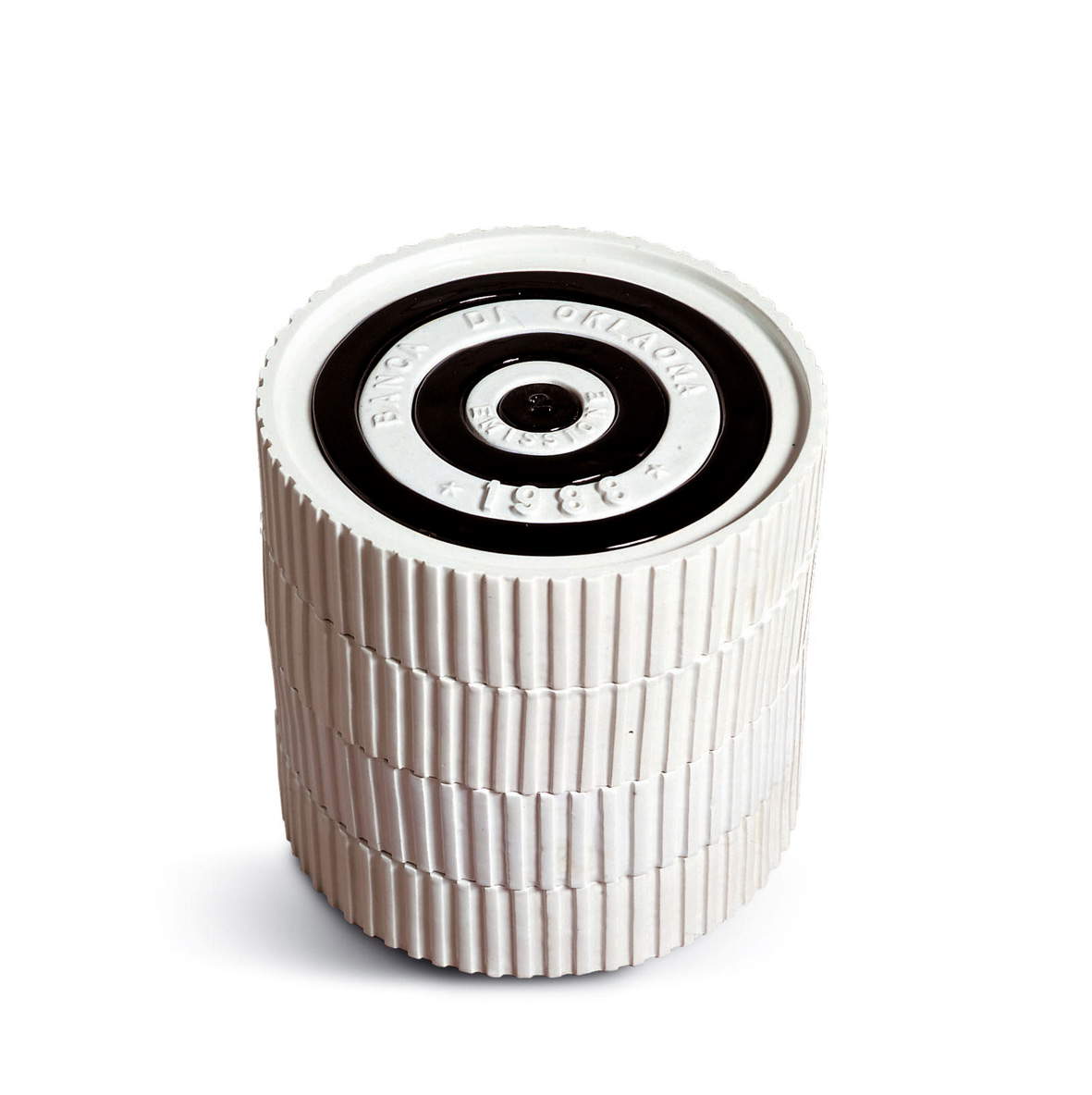
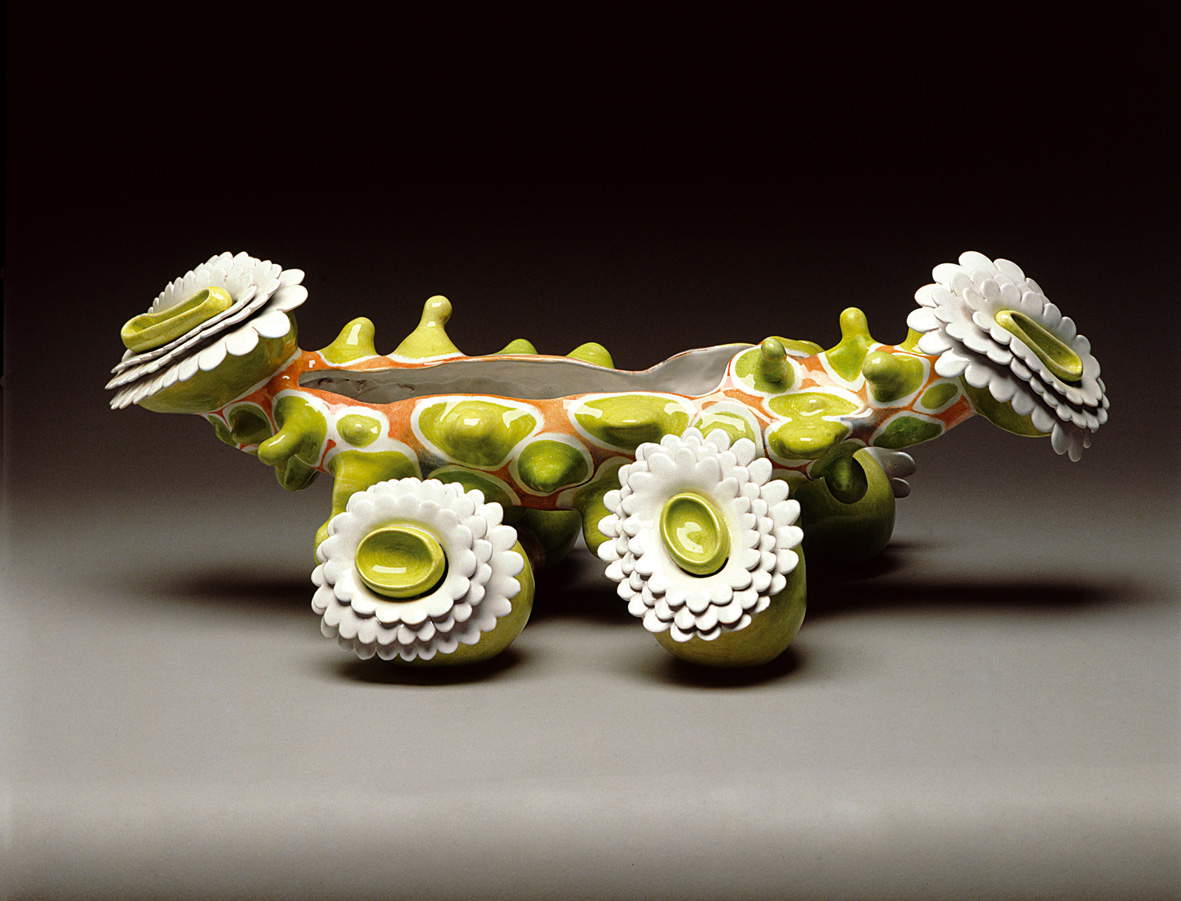
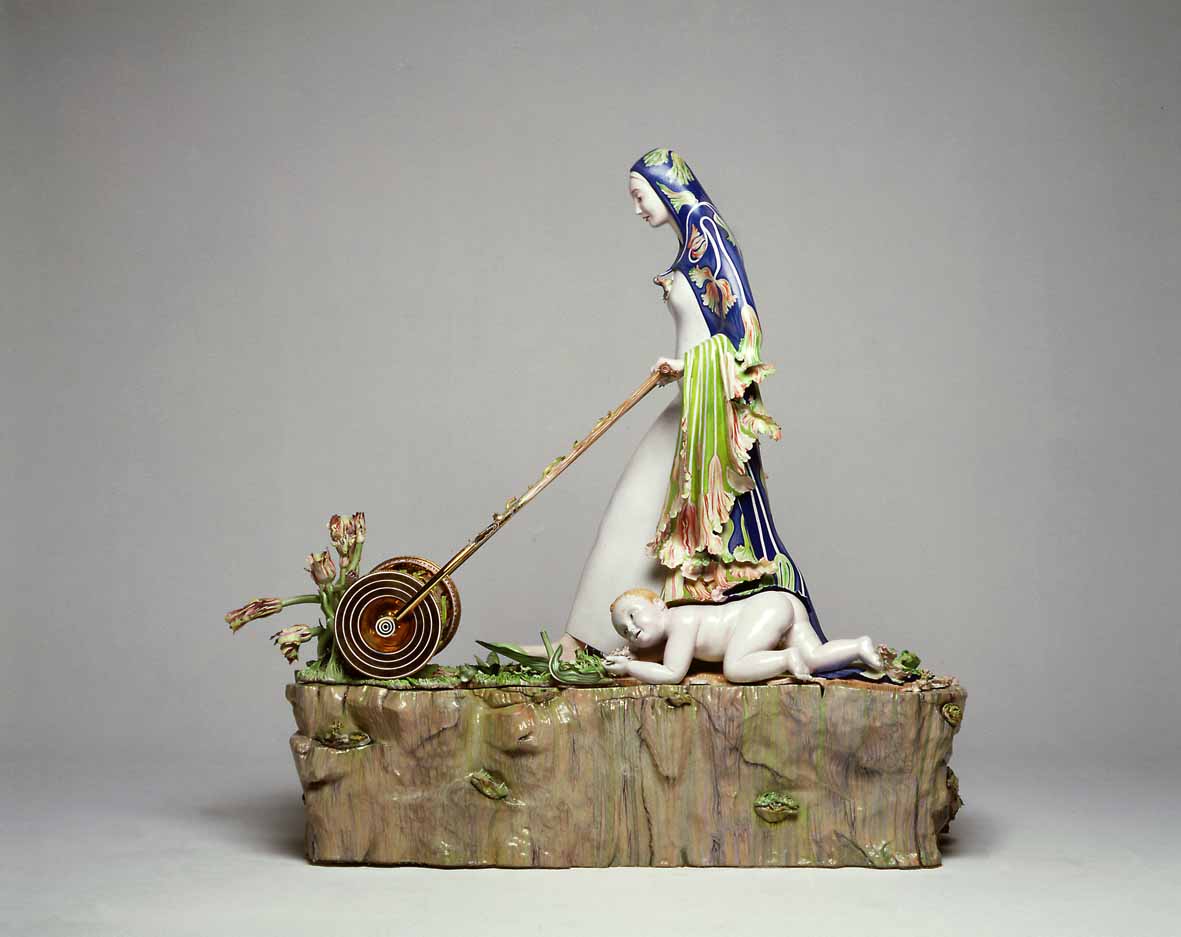
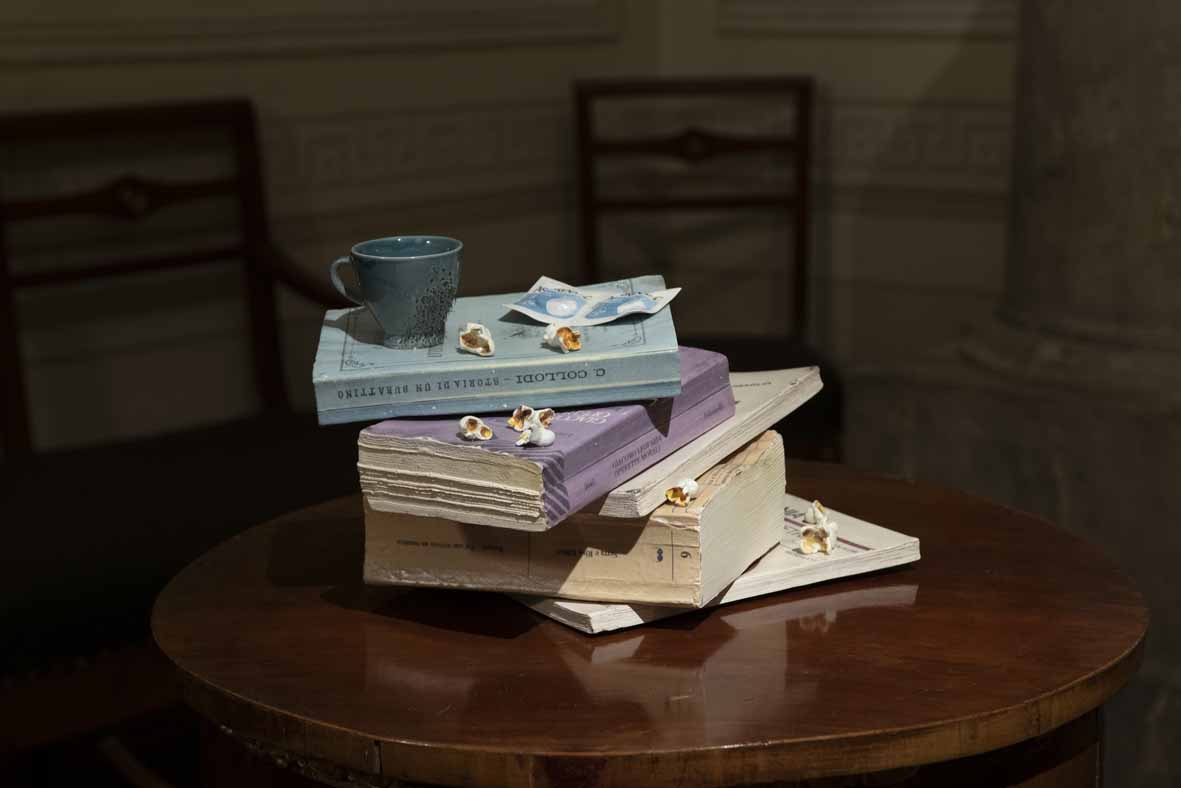
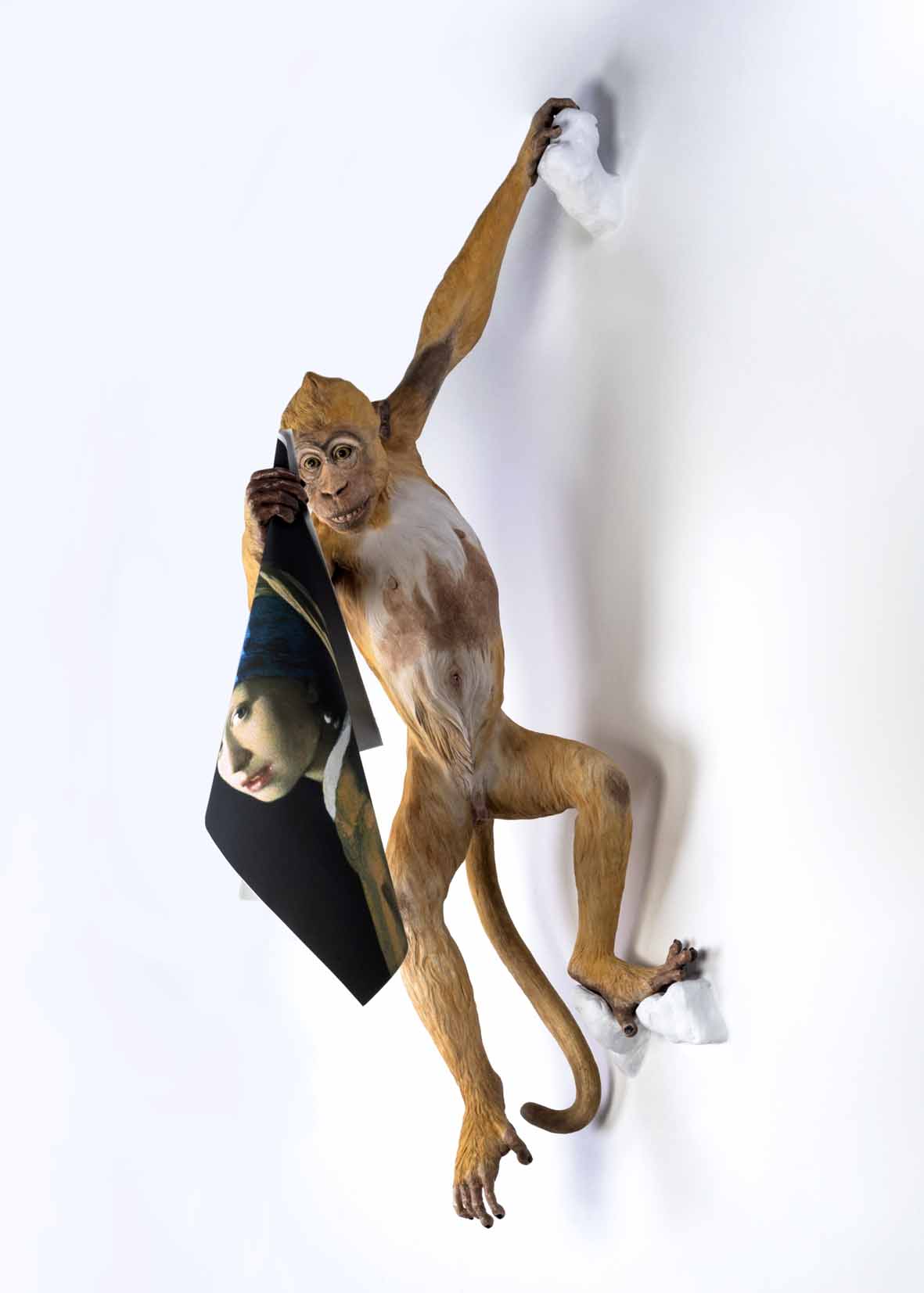
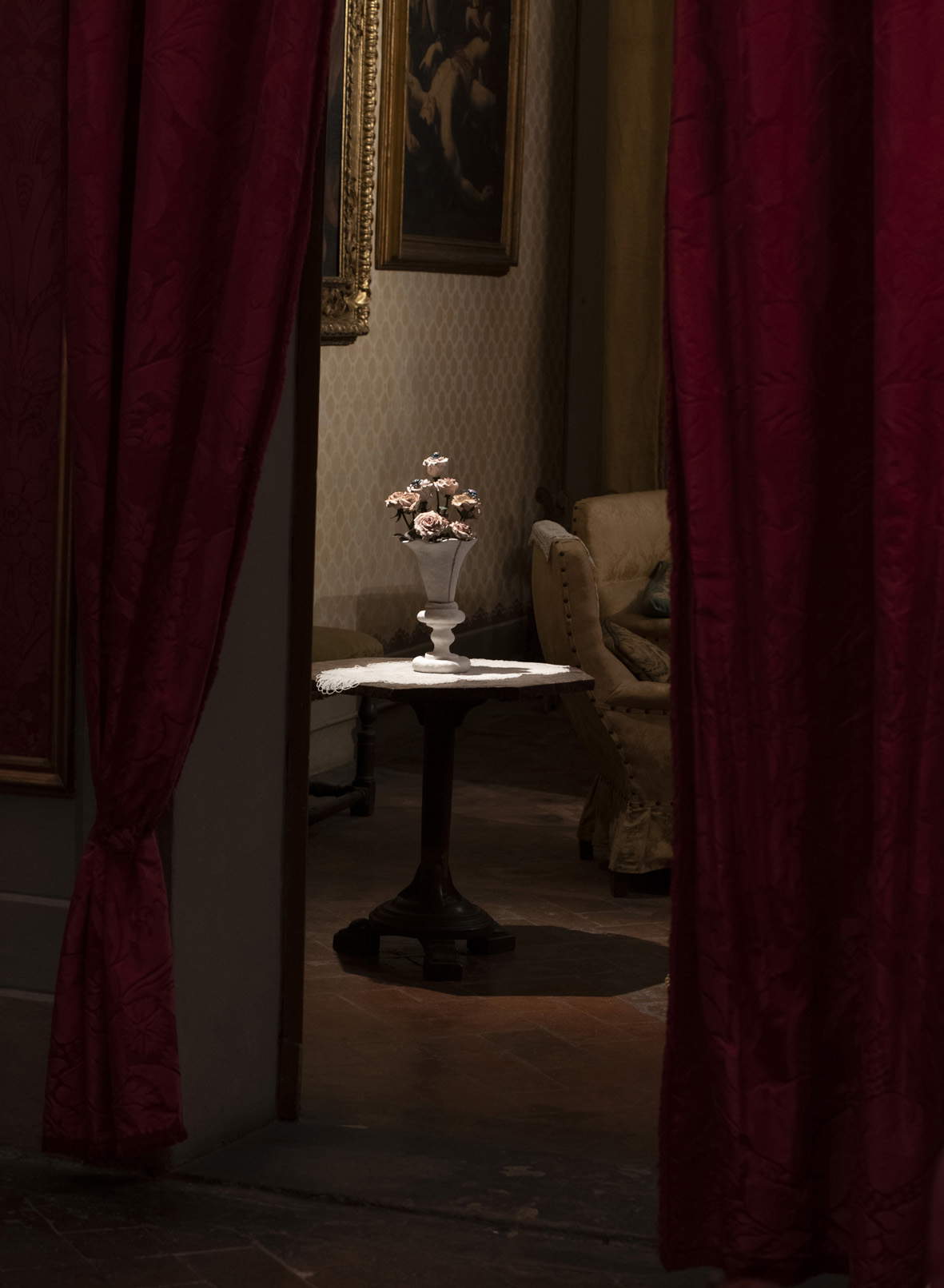
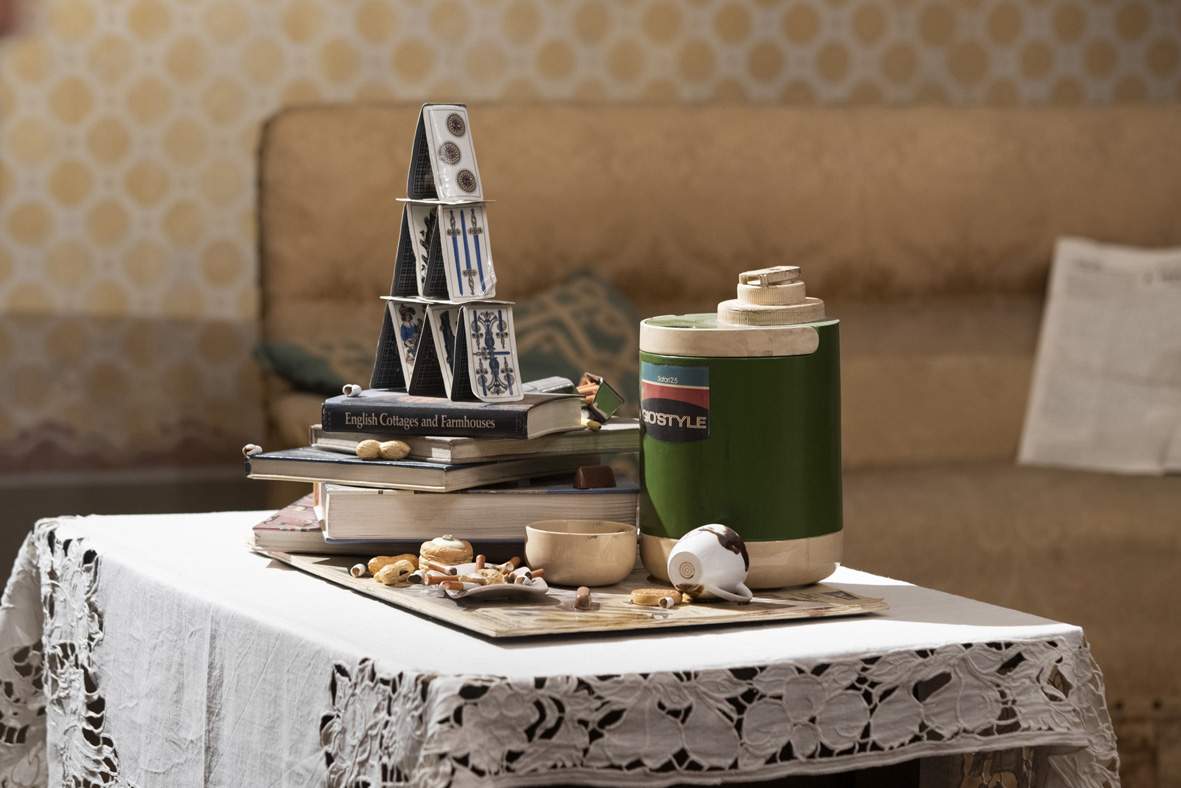
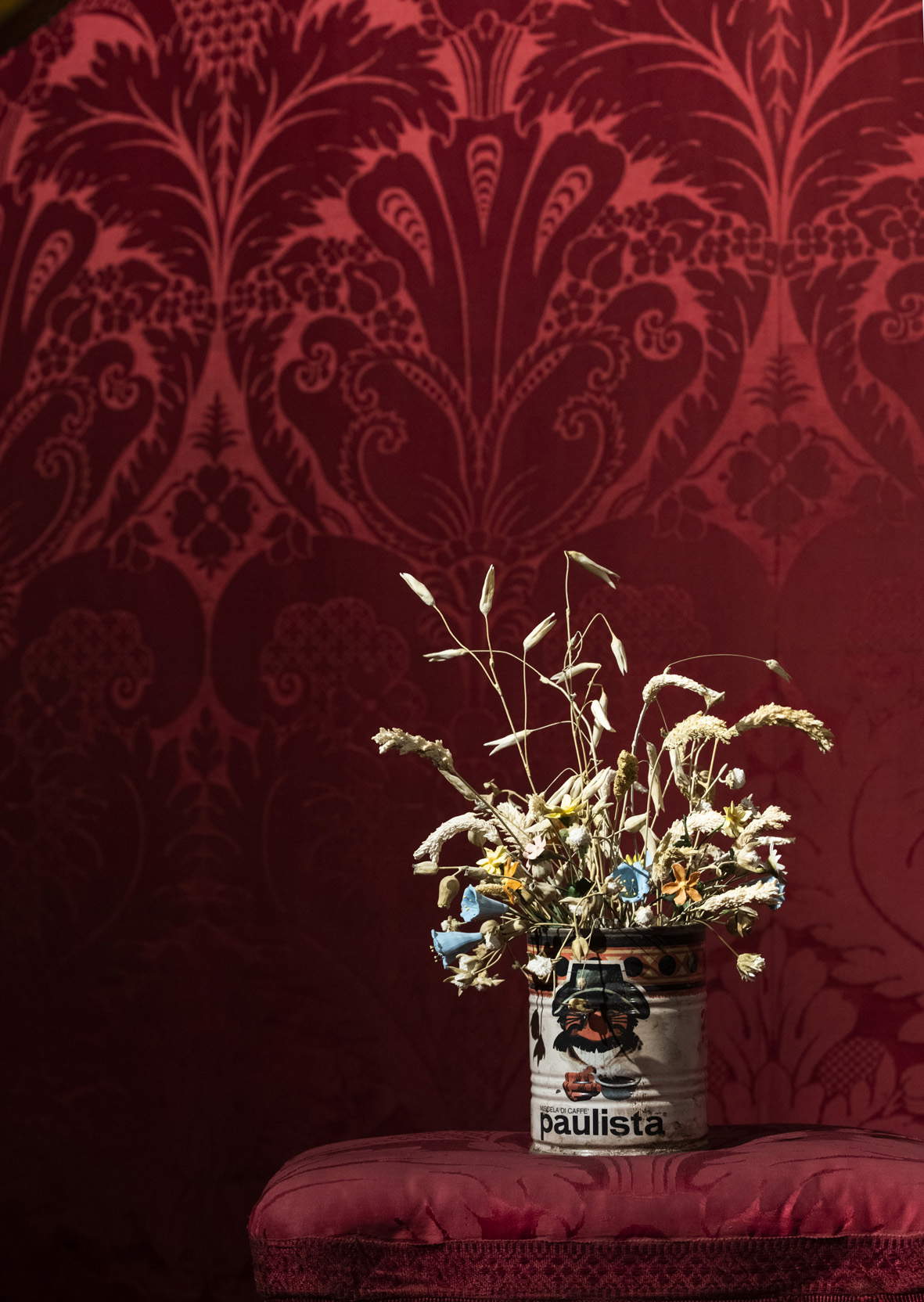
“With this exhibition,” points out Culture Councilor Giacomo Gambi, “the city that has been the home of their creations for more than 40 years wants to dedicate to Bertozzi&Casoni an important and fitting tribute, making its civic museums the theater of a widespread exhibition event that celebrates their artistic genius and recounts, almost as a witness, the path that led them to grow and establish themselves.”
“Bertozzi&Casoni have established themselves on the contemporary art scene as true rule breakers, capable of unhinging rules and preconceptions, and revolutionizing the very way of understanding artistic ceramics. A vision, theirs, of enormous topicality and importance, which through wonder questions our mental categories and continually interrogates us. What is being staged at Palazzo Tozzoni is not a traditional exhibition, but rather a choral installation oriented toward disorientation, where the actors called upon to give voice to this ”laboratory of doubt“ are, together, the furnishings, furnishings and works of art proper to the house-museum, and the selected works of Bertozzi&Casoni.” Works that represent roughly the last two decades of their activity and for which they are known worldwide: the variegated forms of vanitas, the accumulations of waste from everyday life, the piles of bones, the unexpected irruptions of animals often depicted as mocking veterans standing over the relics of our consumerist society.
 |
| A major exhibition in Imola traces the entire career of Bertozzi&Casoni |
Warning: the translation into English of the original Italian article was created using automatic tools. We undertake to review all articles, but we do not guarantee the total absence of inaccuracies in the translation due to the program. You can find the original by clicking on the ITA button. If you find any mistake,please contact us.



























